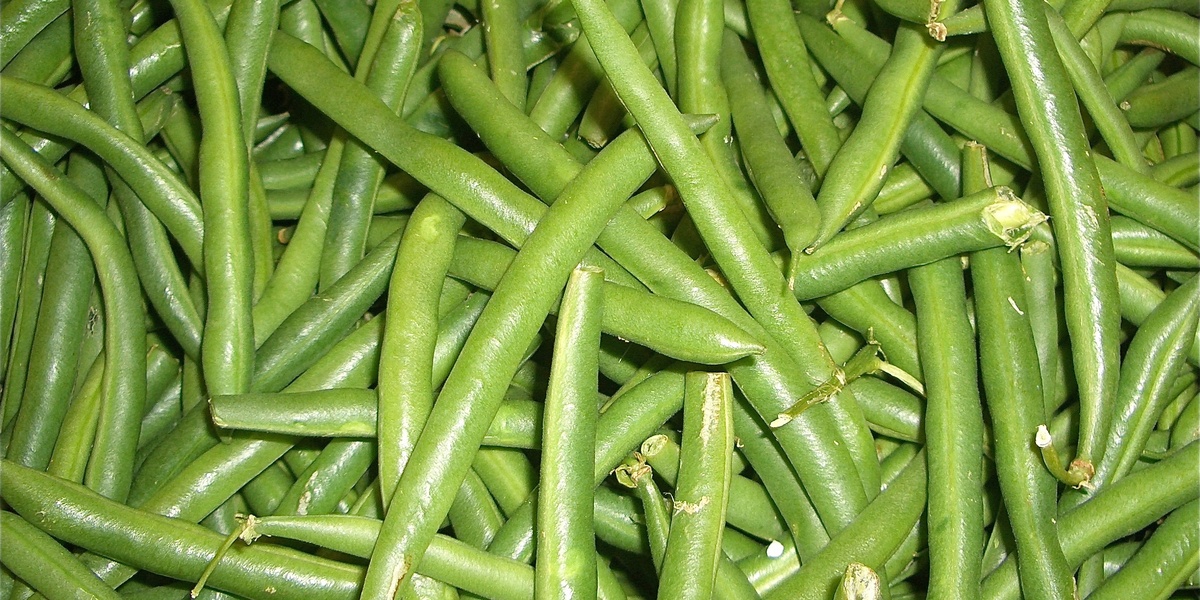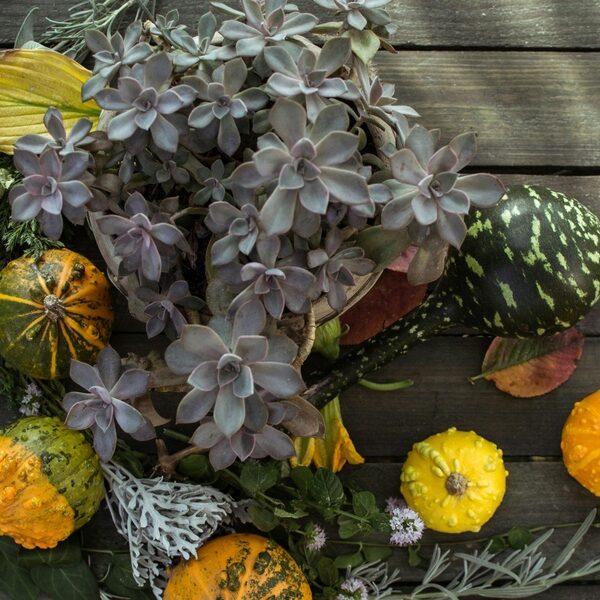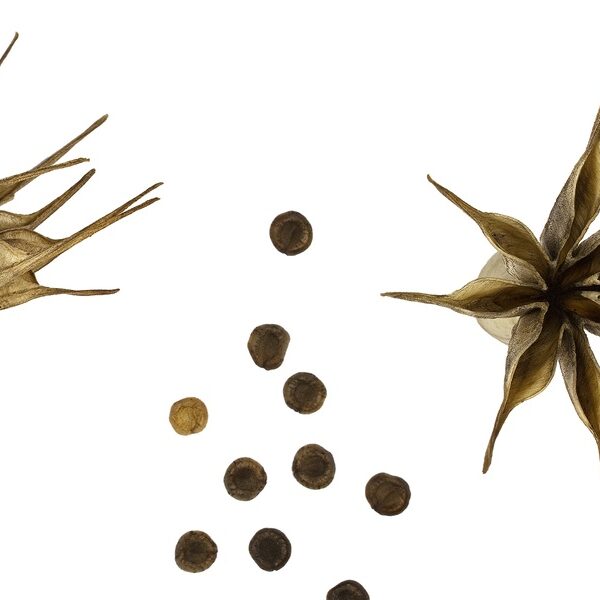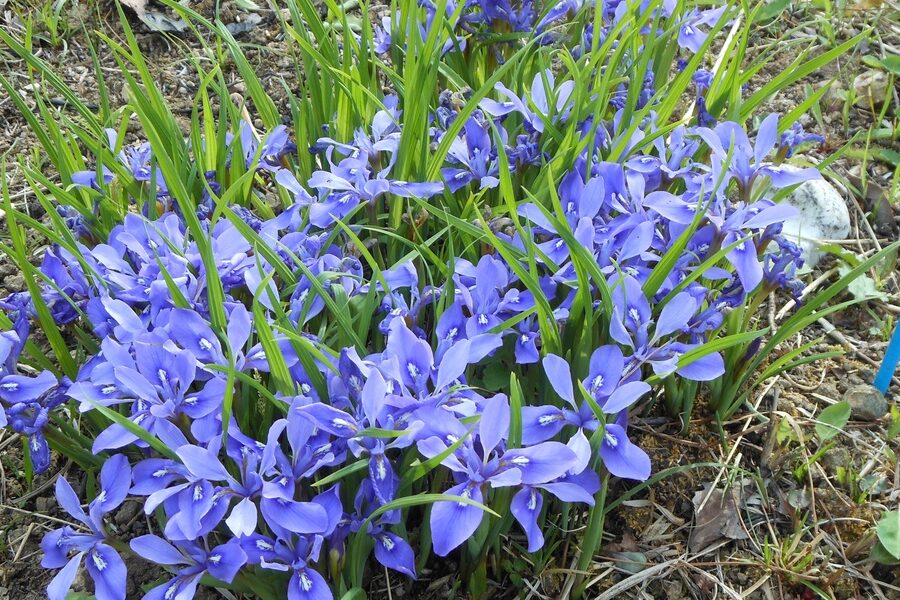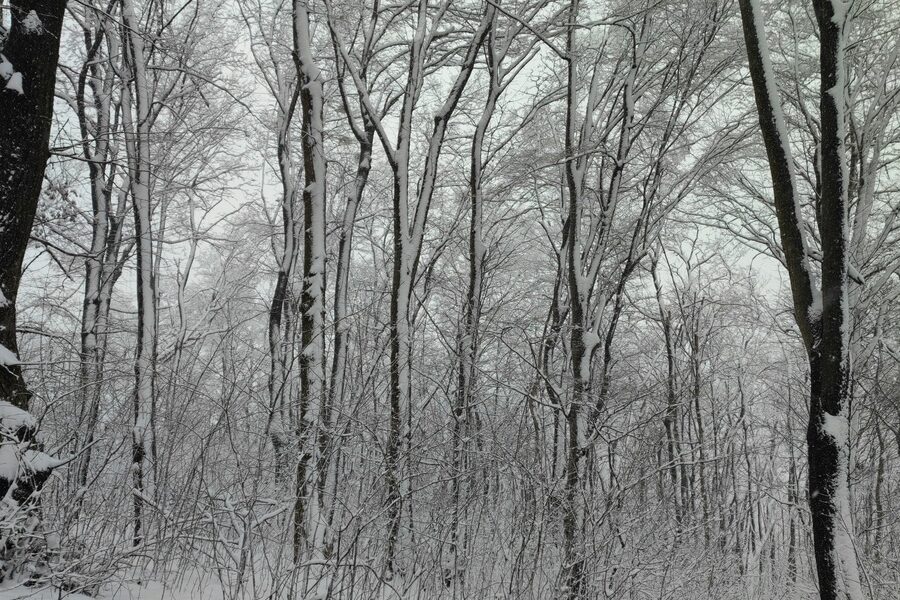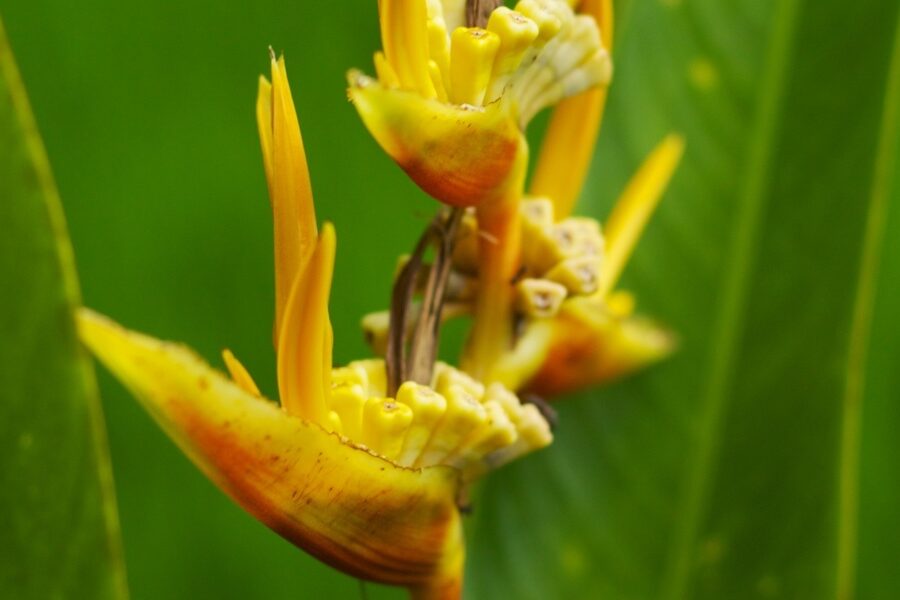8 Differences Between Green Beans and Wax Beans
A 19th-century seed catalog first popularized wax beans, advertising bright yellow pods as a novelty beside familiar emerald snap beans; imagine a kitchen counter with glossy Golden Wax pods sitting next to deep-green Blue Lake pods. Small choices—picking yellow versus green—change a plate’s look, the bite in a salad, and how quickly a batch goes limp in the fridge. Color signals pigment chemistry, but it also hints at texture and culinary use. Gardeners and market shoppers should care because one variety might harvest in 50–60 days while another needs 65–70, and refrigerated shelf life commonly ranges from about 5–10 days depending on humidity and handling. This piece lays out eight practical differences—visual and botanical traits, texture, flavor and nutrition, cooking behavior, and the grower and market realities—to help cooks and gardeners make better, less wasteful choices (try planting a small succession to compare). Read on for cultivar examples, blanch times, storage tips, and quick numbers you can use at the market or in the garden.
Botanical and Physical Differences
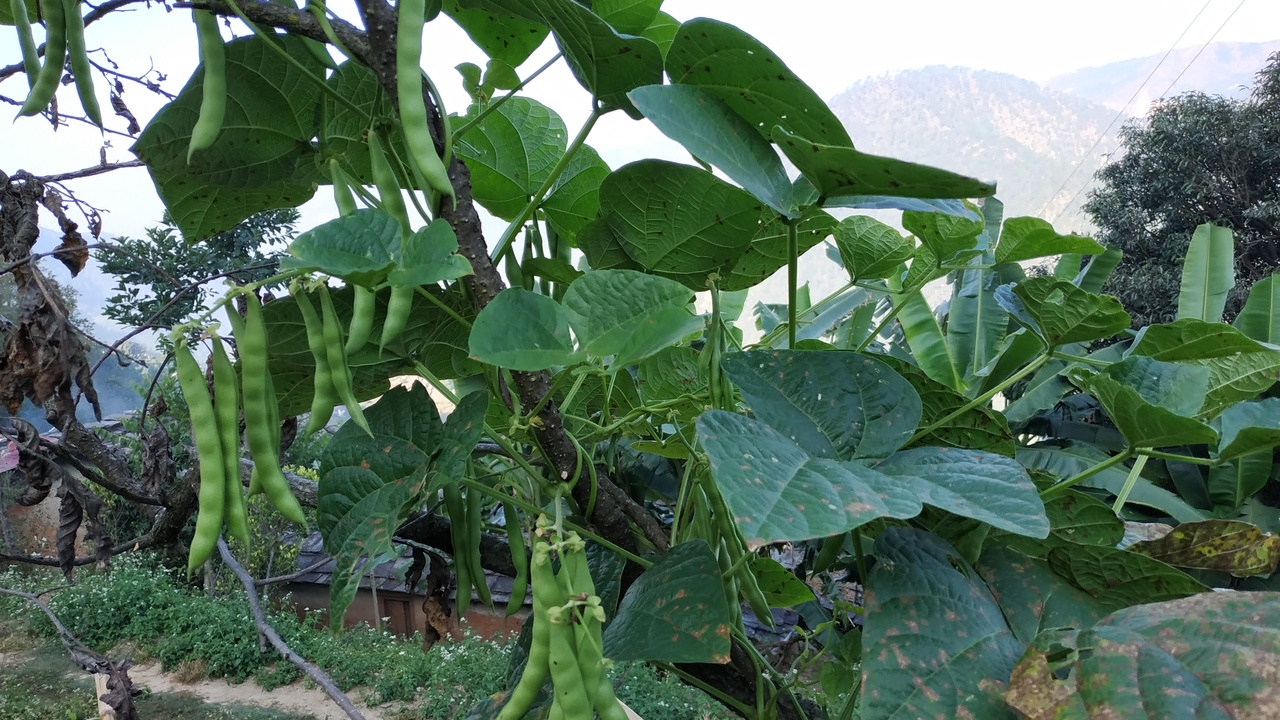
Both green and wax beans are snap beans within the species Phaseolus vulgaris, but breeders selected different cultivars for pod color and other physical traits. Those breeding choices produced lines with distinct pod hues, wall thicknesses, seed sizes and growth habits that you can spot at a glance and that matter for texture and market sorting. Some cultivars are bred as bush types for compact gardens; others are pole types that climb and yield over a longer period. Physical differences—thin versus thicker pod walls, smaller versus larger seeds—translate directly into mouthfeel and how the pods stand up to heat. At the market you’ll often see ‘Blue Lake’ labeled among the greens and ‘Golden Wax’ or ‘Rheingold’ among the yellows; overmature pods of both types can revert color or become dull, which is a simple visual cue that they’ve passed prime.
1. Color and appearance
Green beans are chlorophyll-dominant, showing the familiar deep to bright green. Wax beans range from pale cream through buttery yellow to vivid gold because they express more carotenoids and less chlorophyll. Color is usually the first differentiator for shoppers and chefs; it also affects plating decisions—yellow pods pop on dark plates while green pods read as classic and verdant. Market share varies by region and season, but green snap beans typically dominate mainstream supermarket displays while yellow types appear more often at farmers’ markets or specialty sections. For aesthetic pairing, choose ‘Blue Lake’ when you want a classic green look, and ‘Golden Wax’ or ‘Rheingold’ when you want a sunny accent.
2. Texture and pod structure
Texture differences are subtle but real: many wax beans have slightly thinner pod walls and can feel more tender or even a touch brittle, while many green cultivars are bred for a firm, crisp “snap.” Freshness trumps color alone—fresh yellow pods can be crisper than limp green ones. Modern snap beans are largely stringless, so fiber strands are uncommon across both colors. For cooks, that means picking wax beans for salads where a softer bite is welcome and choosing green, thicker-podded varieties for high-heat techniques. If you blanch to test texture, a 2–3 minute plunge into boiling water followed by an ice bath shows how well a pod holds its structure under heat.
3. Varietal genetics and taxonomy
Both colors belong to Phaseolus vulgaris, but plant breeders in the 19th and 20th centuries selected for pod color, shape and habit. That history produced both bush and pole cultivars in each color group. Bush types (for example, bush Blue Lake or bush Golden Wax) mature in a compact window—often around 50–60 days—making them ideal for successive plantings. Pole types may take a bit longer (often 60–70 days to first pick) but yield more per vertical foot over a longer stretch. Gardeners should choose bush versus pole based on space and harvest goals: bush beans provide dense, short bursts of pickings; poles occupy trellis space but give a steadier harvest per plant.
Taste, Culinary Behavior, and Nutrition
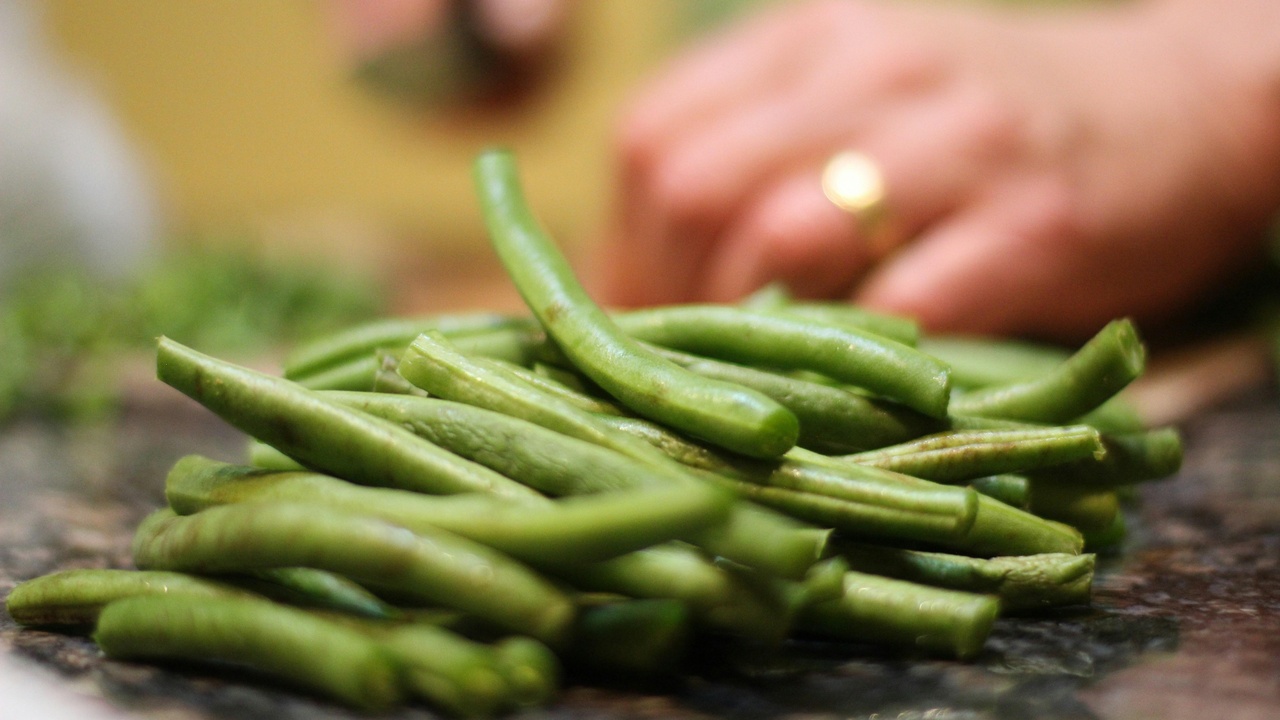
When comparing green beans vs wax beans, cooks notice consistent sensory differences that guide use in recipes. Green beans usually read as more grassy or vegetal and hold up to longer, high-heat cooking. Wax beans tend to be milder and sometimes a touch sweeter, which makes them excellent raw, lightly blanched or pickled. Nutritionally the two are very similar: both are low-calorie, provide fiber, and supply vitamin C and B vitamins, but the yellow pigments indicate higher carotenoid content in wax types. How you cook them—steam, sauté, blanch, freeze—shifts nutrient retention and texture more than color does, so culinary behavior often drives the choice more than micronutrient differences alone.
4. Flavor profile and best culinary uses
Green beans have a pronounced verdant, slightly grassy note that pairs well with butter, garlic, almonds and acidic finishes. Think classic haricots verts in beurre blanc or a rustic braise with tomatoes and bacon. Wax beans are gentler, often tasting slightly sweet and less vegetal, so they shine raw or lightly blanched in chilled salads where color and a tender bite matter. For high-heat stir-fries, pick a firm green variety; for a lemon-Dijon chilled salad, choose blanched Golden Wax for both color and mouthfeel.
5. Nutritional differences
Both types are low in calories and contribute fiber and vitamin C. According to USDA FoodData Central, raw green beans contain roughly 31 kcal, about 3.4 g of fiber and ~12 mg of vitamin C per 100 g. Yellow wax beans register similar calories and fiber, with comparable vitamin C and modestly higher carotenoid levels because of their pigments. The practical takeaway: differences are small, so choose by flavor and texture unless you’re specifically tracking carotenoid intake. Cooking method matters: boiling or long canning reduces water-soluble vitamins more than quick steaming or sautéing.
6. Cooking behavior and preservation
Green and wax beans respond differently to heat mainly in color and perceived tenderness. Blanching for freezing is commonly 2–3 minutes in boiling water followed by an immediate ice bath to halt cooking; that preserves texture and color for both types. Wax beans can lose some yellow vibrancy if overcooked or canned for long periods, so when pickling or canning consider slightly shorter processing or adding a brief hot-blanch step to set color. For stir-fry, add green beans early to develop browning; add wax beans toward the end or blanch first so they remain tender without falling apart.
Cultivation, Storage, and Market Factors
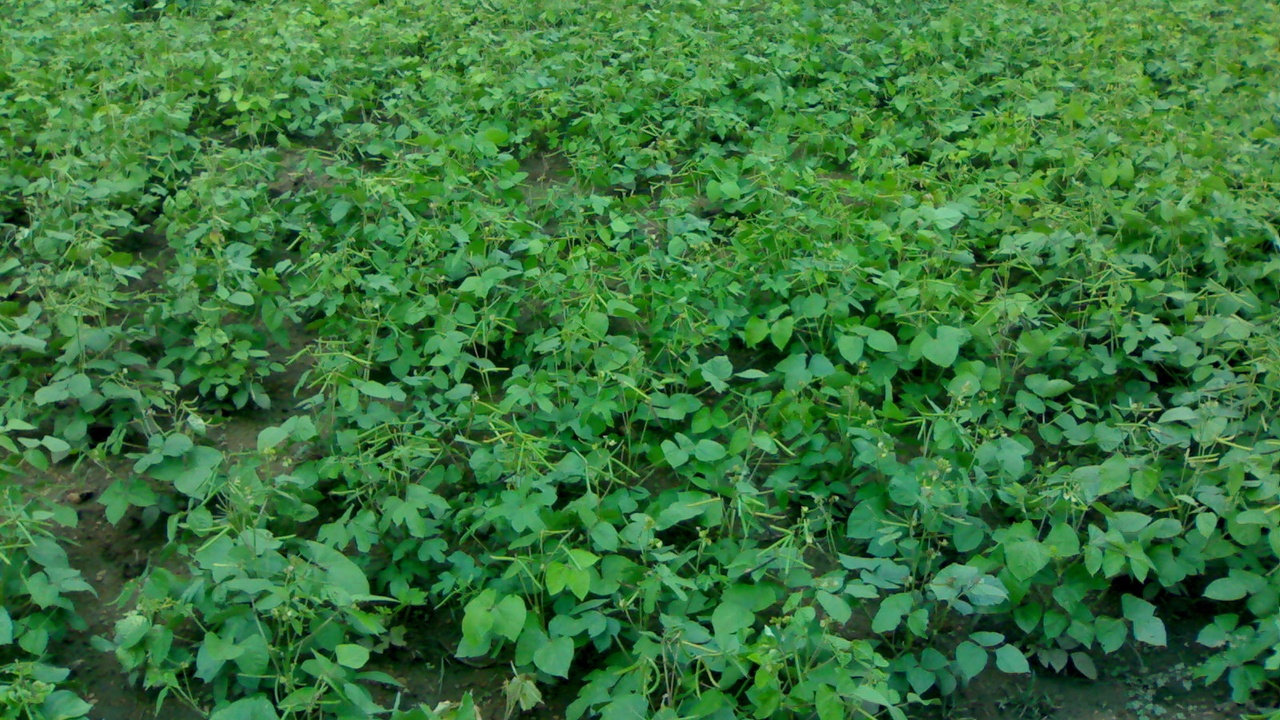
Agronomy and market preferences shape what you see in stores and what makes sense to grow at home. Both types are warm-season crops that prefer well-drained soil and consistent moisture, yet days to maturity vary by cultivar—roughly 50–70 days to first harvest for common varieties. Yield habit (bush versus pole) changes how you plant; bush beans fit small beds while pole beans maximize vertical yield. Retail availability and price are driven by consumer demand—green beans are ubiquitous in supermarkets, while wax beans are more often a specialty or farmers’ market item and sometimes command a premium. For growers and buyers, those differences affect planting choices, storage strategy and what ends up on the plate.
7. Growing conditions, harvest timing, and yield
Both colors prefer soil temperatures above about 55–60°F and full sun. Days-to-harvest typically range from roughly 50 to 70 days depending on cultivar and whether it’s a bush or pole type. Bush varieties are ideal for succession planting every 10–14 days to maintain steady picks through the summer, while poles take more time up front but yield more over weeks per plant. Spacing recommendations differ: bush beans often go 3–4 inches apart in rows, while pole beans need 4–6 inches and trellis support. For small plots, one bush Blue Lake and one bush Golden Wax will teach you more about differences than planting a single variety.
8. Shelf life, preservation, and market availability
Both are perishable and best used quickly; refrigerated shelf life typically runs about 5–10 days depending on humidity, handling and how fresh they were at purchase. Store unwashed in a perforated plastic bag in the crisper drawer to extend life. Wax beans may fetch higher prices at specialty stands because their color and novelty appeal—expect to see them more often at farmers’ markets in summer and less frequently in mass supermarkets. For preservation, blanch-and-freeze is the best for retaining texture and color (2–3 minutes blanch, then freeze). For canning, use tested recipes and expect some color loss; pickling brightens flavor and preserves the yellow hue for salads.
Summary
- Color is the most obvious difference—green beans show chlorophyll, wax beans show carotenoids—so choose by plating needs (visual impact matters).
- Texture and cooking behavior differ: green beans often hold a crisper snap for high-heat dishes; wax beans are milder and suit raw or lightly blanched uses.
- Nutrition is broadly similar (USDA FoodData Central: green beans ≈31 kcal, 3.4 g fiber, ~12 mg vitamin C per 100 g); pigment differences give wax beans slightly more carotenoids.
- Growers and shoppers: expect 50–70 days to harvest, 5–10 days refrigerated life, and different market availability—try planting one bush of each or sautéing them side-by-side to compare taste and texture.
